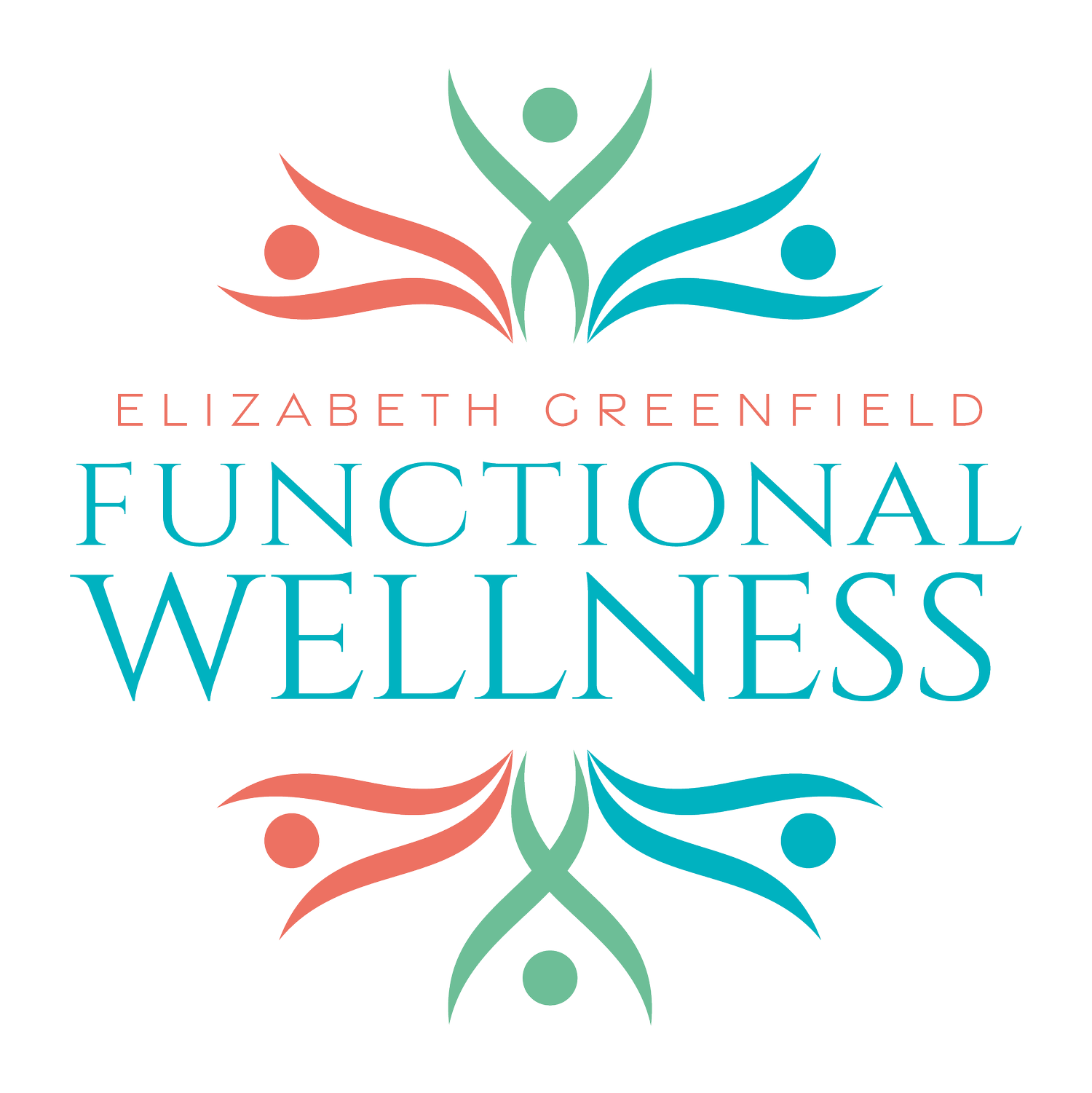The Liver’s Role in Detoxification: Why a Rainbow Diet Supports Optimal Health
When we think of detoxification, our minds often jump to juice cleanses or fasting protocols. But true detoxification is a continuous, complex process carried out by our liver, one of the hardest-working organs in our body. The liver’s primary role in detoxification is to filter and neutralize harmful substances, rendering them safe for elimination. This process is heavily supported by the nutrients found in whole foods, particularly a variety of vegetables. By harnessing the power of these food-derived nutrients, we can support our liver’s detox pathways and ultimately enhance our health.
Understanding the Liver's Detoxification Pathways
The liver processes toxins through two phases of detoxification:
Phase I Detoxification: This is the first line of defense, where enzymes (mainly cytochrome P450 enzymes) work to break down toxins. Phase I involves converting toxins into intermediate substances, which are often more reactive and potentially harmful than the original toxin.
Phase II Detoxification: This phase involves attaching water-soluble compounds to these intermediate substances, rendering them harmless and ready for elimination through bile, urine, or stool.
Both phases require a range of nutrients to function optimally. These nutrients are largely derived from the food we eat, especially vegetables.
The Power of a Rainbow Diet in Supporting Detox Pathways
Each vegetable contains a unique profile of vitamins, minerals, and phytonutrients that support different detox pathways. By eating a broad variety of vegetables, we can drive multiple detox pathways and promote overall liver health. Here’s how different colors contribute to liver detoxification:
Cruciferous Vegetables (Green): Vegetables like broccoli, kale, and Brussels sprouts are rich in glucosinolates, which support Phase II detoxification and the clearance of harmful estrogen metabolites. This is especially helpful for hormone balance and overall liver health.
Allium Vegetables (White): Garlic, onions, and leeks contain sulfur compounds, essential for the conjugation processes in Phase II detoxification. Sulfur plays a key role in forming glutathione, one of the most potent antioxidants in the body.
Red, Purple, and Blue Vegetables: Rich in anthocyanins and other antioxidants, vegetables like beets, red cabbage, and blueberries support both Phase I and Phase II pathways by reducing oxidative stress that can result from detoxification processes.
Orange and Yellow Vegetables: Carrots, squash, and bell peppers are high in carotenoids, which support immune function and provide antioxidant benefits. Beta-carotene also helps support Phase I detoxification.
The broader the variety, the more pathways you activate. However, relying too heavily on one type of vegetable can potentially backfire. For example, excessive intake of raw cruciferous vegetables may inhibit the function of the thyroid gland, as these vegetables contain goitrogens, which can interfere with iodine uptake.
The Importance of Food as Medicine in Detoxification
Food-derived nutrients are critical in supporting the liver’s detoxification functions. Unlike synthetic supplements, whole foods provide a complex blend of nutrients and enzymes that work synergistically to support the body’s natural processes. For example, a nutrient-dense diet that includes ample fiber, vitamins, and minerals supports the liver’s ability to process and eliminate toxins effectively.
When we see food as medicine, we begin to appreciate that the choices we make every day directly impact our health. A clean, varied diet doesn’t just reduce the toxic load on the liver but actively enhances its ability to process toxins, keeping us healthier and more resilient.
Understanding Our Toxic Burden
Our total toxic burden is determined by three main factors:
Exposure: This encompasses the toxins we encounter through air, water, food, and even household products. Limiting exposure to harmful chemicals—like pesticides, plastics, and synthetic fragrances—reduces the workload on our liver.
Genetics: Genetic variations can influence how efficiently our liver enzymes process toxins. For instance, some people have slower or faster versions of certain enzymes, affecting their ability to detoxify certain substances.
Diet: A nutrient-rich diet directly supplies the liver with the resources it needs for effective detoxification. Conversely, a diet high in processed foods can lead to nutrient deficiencies, impairing liver function and increasing toxic burden.
Over our lifetimes, toxins accumulate in our bodies. Although the liver is equipped to handle daily detoxification, an overload can stress its capacity. This is why incorporating regular, nutrient-dense detox protocols can make a significant difference in our health.
Join Our Guided Pre-Holiday Refresh
Ready to support your liver and feel your best this holiday season? Join us for the 8-Day Guided Pre-Holiday Refreshfrom November 10-17, where we’ll focus on resetting and nourishing your body with a variety of nutrient-dense foods. Alongside holistic nutritionist Stephanie Doty, I will guide you through a transformative detox experience that’s gentle, supportive, and effective.
The program includes a powerful supplement bundle that complements the detox, enhancing liver function and helping to eliminate accumulated toxins. If you’re interested in learning more or signing up, click below:
With the right support, you can enjoy the benefits of detoxification—clearer skin, more energy, and improved digestion—and step into the holiday season feeling your best. Embrace food as medicine and give your body the gift of renewal!
